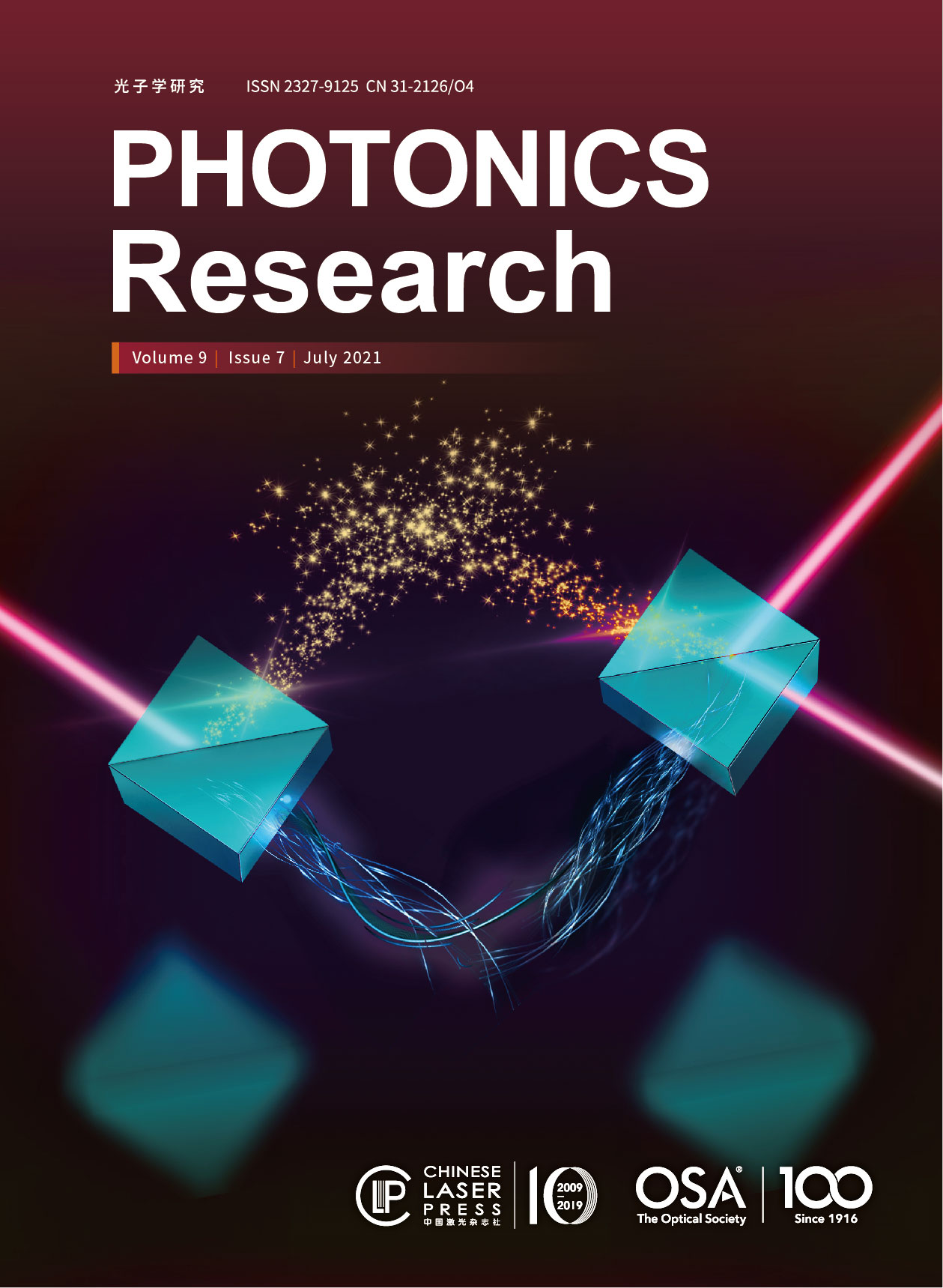Speed, generalizability, and robustness are fundamental issues for building lightweight computational cameras. Here we demonstrate generalizable image reconstruction with the simplest of hybrid machine vision systems: linear optical preprocessors combined with no-hidden-layer, “small-brain” neural networks. Surprisingly, such simple neural networks are capable of learning the image reconstruction from a range of coded diffraction patterns using two masks. We investigate the possibility of generalized or “universal training” with these small brains. Neural networks trained with sinusoidal or random patterns uniformly distribute errors around a reconstructed image, whereas models trained with a combination of sharp and curved shapes (the phase pattern of optical vortices) reconstruct edges more boldly. We illustrate variable convergence of these simple neural networks and relate learnability of an image to its singular value decomposition entropy of the image. We also provide heuristic experimental results. With thresholding, we achieve robust reconstruction of various disjoint datasets. Our work is favorable for future real-time low size, weight, and power hybrid vision: we reconstruct images on a 15 W laptop CPU with 15,000 frames per second: faster by a factor of 3 than previously reported results and 3 orders of magnitude faster than convolutional neural networks.
.- Publication Date: Jun. 14, 2021
- Vol. 9, Issue 7, B253 (2021)
- Publication Date: Jun. 07, 2021
- Vol. 9, Issue 7, 1172 (2021)
- Publication Date: Jun. 11, 2021
- Vol. 9, Issue 7, 1204 (2021)
- Publication Date: Jun. 28, 2021
- Vol. 9, Issue 7, 1300 (2021)
- Publication Date: Jun. 07, 2021
- Vol. 9, Issue 7, 1182 (2021)
- Publication Date: Jul. 01, 2021
- Vol. 9, Issue 7, 1369 (2021)
- Publication Date: Jul. 01, 2021
- Vol. 9, Issue 7, 1416 (2021)
- Publication Date: Jun. 08, 2021
- Vol. 9, Issue 7, 1191 (2021)
- Publication Date: Jun. 15, 2021
- Vol. 9, Issue 7, 1234 (2021)
- Publication Date: Jun. 28, 2021
- Vol. 9, Issue 7, 1336 (2021)
- Publication Date: Jun. 07, 2021
- Vol. 9, Issue 7, 1157 (2021)
- Publication Date: Jun. 14, 2021
- Vol. 9, Issue 7, 1218 (2021)
- Publication Date: Jun. 14, 2021
- Vol. 9, Issue 7, 1226 (2021)
- Publication Date: Jul. 01, 2021
- Vol. 9, Issue 7, 1351 (2021)
- Publication Date: Jun. 08, 2021
- Vol. 9, Issue 7, 1197 (2021)
- Publication Date: Jun. 24, 2021
- Vol. 9, Issue 7, 1272 (2021)
- Publication Date: Jul. 01, 2021
- Vol. 9, Issue 7, 1384 (2021)
- Publication Date: Jun. 14, 2021
- Vol. 9, Issue 7, 1213 (2021)
- Publication Date: Jun. 28, 2021
- Vol. 9, Issue 7, 1324 (2021)
- Publication Date: Jun. 28, 2021
- Vol. 9, Issue 7, 1280 (2021)
- Publication Date: Jun. 28, 2021
- Vol. 9, Issue 7, 1310 (2021)
- Publication Date: Jul. 01, 2021
- Vol. 9, Issue 7, 1344 (2021)
- Publication Date: Jul. 01, 2021
- Vol. 9, Issue 7, 1391 (2021)
- Publication Date: Jun. 21, 2021
- Vol. 9, Issue 7, 1264 (2021)
- Publication Date: Jun. 28, 2021
- Vol. 9, Issue 7, 1289 (2021)
- Publication Date: Jun. 28, 2021
- Vol. 9, Issue 7, 1330 (2021)
- Publication Date: Jul. 01, 2021
- Vol. 9, Issue 7, 1379 (2021)
- Publication Date: Jun. 21, 2021
- Vol. 9, Issue 7, 1255 (2021)
- Publication Date: Jul. 01, 2021
- Vol. 9, Issue 7, 1358 (2021)
- Publication Date: Jul. 01, 2021
- Vol. 9, Issue 7, 1397 (2021)
- Publication Date: Jul. 01, 2021
- Vol. 9, Issue 7, 1409 (2021)
- Publication Date: Jun. 28, 2021
- Vol. 9, Issue 7, 1343 (2021)
About the Cover
A laser beam (pink, glow line) is reflected by a beam splitter (cyan cube) and enters a Mach–Zehnder interferometer. Due to the quantum Cheshire effect, its wave property (blue curves in the lower arm of the interferometer) and particle property (golden points in the upper arm of the interferometer) are spatially separated and propagates individually.














